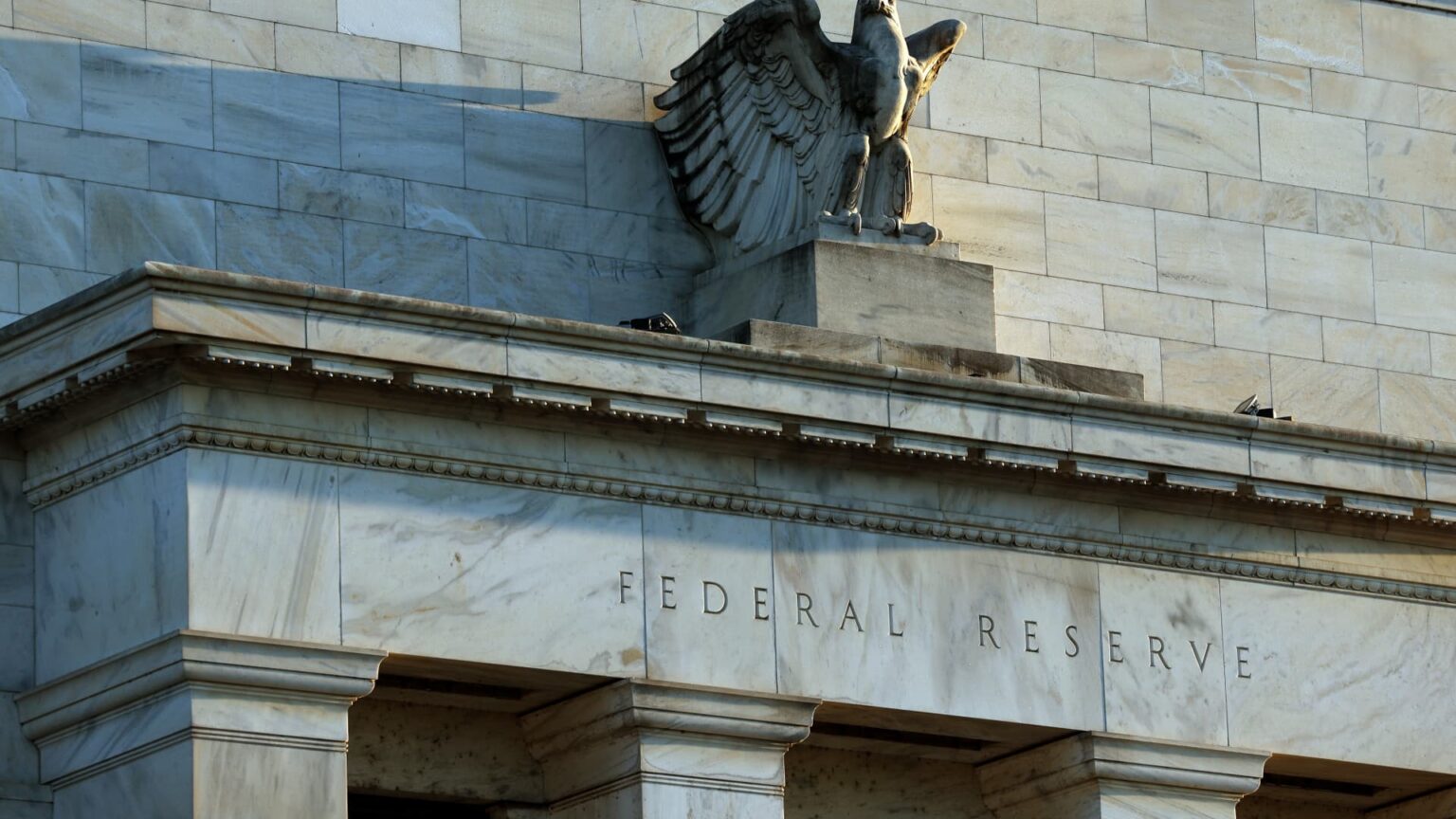U.S. banks are using reserves to cover for the cash that depositors are withdrawing, setting up a potentially calamitous situation down the road, JPMorgan Chase has warned. In a turbulent March, depositors have pulled just over $300 billion from domestic banks, according to seasonally adjusted Federal Reserve data. At the same time, JPMorgan estimates that money market mutual funds have seen about $360 billion in flows from investors in search of higher yields. “The current pace of deposit loss to MMFs raises questions over sustainability,” JPMorgan strategist Nikolaos Panigirtzoglou wrote in a Friday client note. “If it continues for a prolonged period, more US banks could eventually run out of reserves and face liquidity issues similar to SVB, Signature Bank and Silvergate.” In the case of those banks, surges in demands for deposits forced the banks to sell long-duration assets they were holding at a loss, triggering a further loss of confidence and an accelerated run that ultimately caused the three institutions to be shuttered . The ongoing deposit flight has created a problem for banks that have to maintain a base of assets against their deposit totals. In the current case, the situation has seen banks dip into reserves to cover their capital requirements, a situation that JPMorgan called potentially dangerous. “The banking system might have shrunk its balance sheet and lost liquidity (i.e. reserves ) at the same time,” the firm said in a Friday note. The issue of reserves could become more critical as Congress moves towards a resolution on the debt ceiling and as deposits flock to areas with better returns. Money markets are yielding around 4.57% now while deposit rates for savings account are languishing around 0.23%, according to Bankrate data, though some banks offer significantly higher rates. Assuming the debt ceiling issue is resolved, the Treasury Department will have to replenish money it has used from its General Account to pay the government’s bills. JPMorgan estimates that would require about $440 billion to $540 billion in reserves. Bank reserves have declined sharply since the Fed began curtailing then ultimately reversing its quantitative easing. The level has fallen from a peak of around $4.2 trillion in September 2021 to just over $3 trillion now. Bank deposits are down nearly $800 billion over the past year or so. Withdrawals, though, appear to have slowed in the past week. Fed Chairman Jerome Powell said recently there have been signs of stabilization, which could lessen the drawdown on reserves. —CNBC’s Michael Bloom contributed to this report .
Read the full article here










